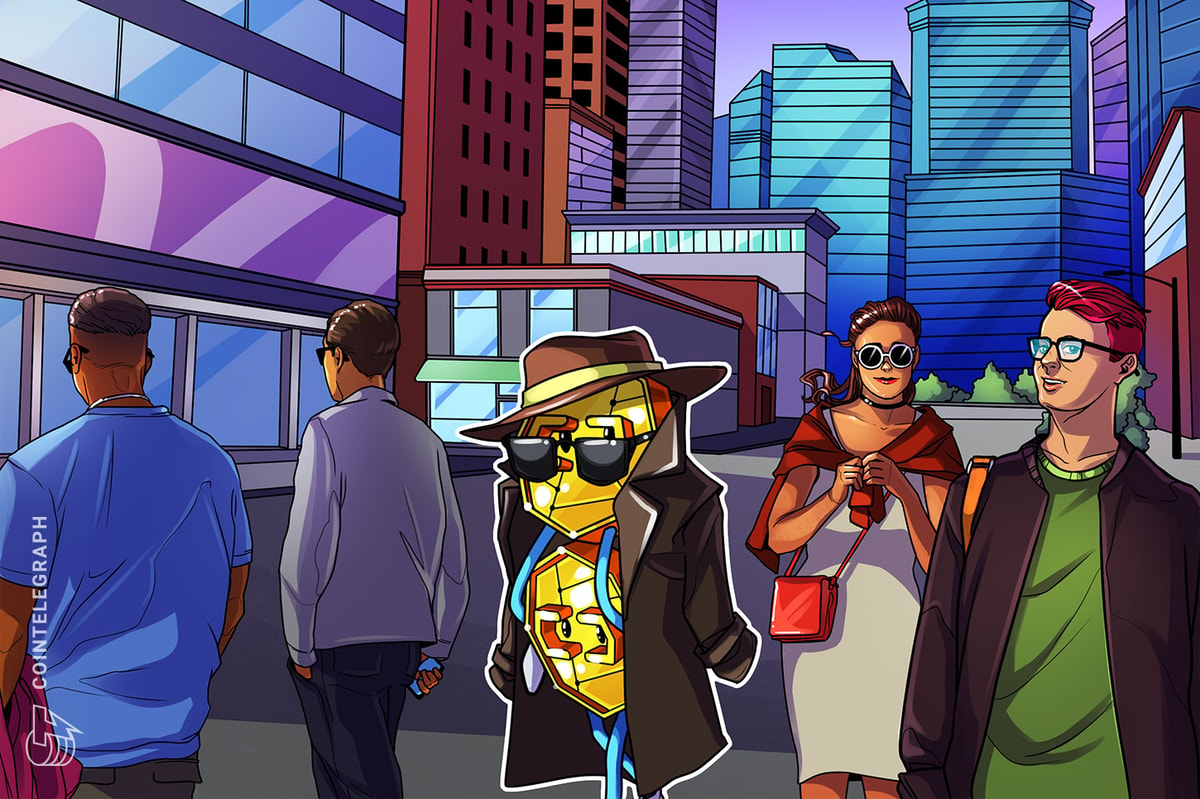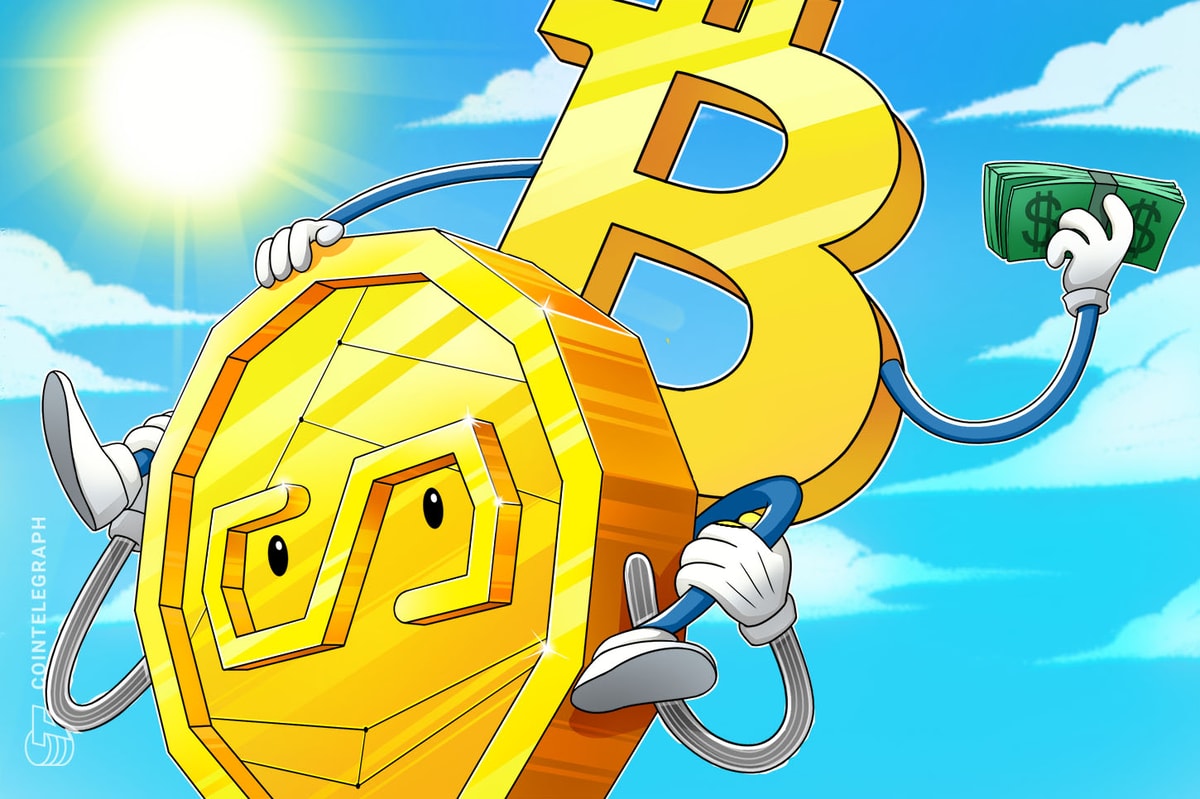A jumpstart for clueless beginners
“Make sure you know and understand enough about NFTs before buying your first NFT.” ― Anuj Jasani
What the heck are NFTs?
If you are asking, this article might be what you need to get you in a conversation loop with your social circle. Or it might keep you from being NFT clueless.
Introduction
Investing in digital assets has become a trend for some time, and as technology evolves, innovative and intriguing digital asset investment opportunities will emerge. For example, the growing interest in non-fungible tokens, or NFTs, has created a bubble for people about whether it is worthwhile to invest in them.
NFTs have been on the market since 2014 and continue gaining popularity as a buying and selling method through digital artwork. As a result, there has been an astounding $174 million allocation to NFTs since November 2017. In addition, the NFT market value is increasing with the rising digitalization of payments, capturing the attention of investors.
I hope to give you a better understanding of the fundamentals and some beginner’s insight from my experience.
What are NFTs?
NFT depicts digital assets that signify real-world objects like art, videos, music, and in-game items. You can purchase and sell them on various online marketplaces — generally sharing the same underlying software. In addition, NFTs utilize blockchain technology and have the same encryption codes as cryptocurrencies.
NFTs are highly valued as they are considered a scarce resource. In addition, each NFT has a unique identification code since the demand exceeds the supply, which explains the high value of NFT.
Differences
There is a misconception that NFTs and cryptocurrencies share the same characteristics. However, this is not the case, as both have unique traits. The only similarity is that both use blockchain technology like Ethereum and Bitcoin, but that’s where the similarity ends.
NFTs are referred to as a subset of cryptocurrency as you require cryptographic currency to buy or sell NFTs. However, the primary characteristic of crypto is fungible, which can be traded or exchanged for one another. For instance, one Bitcoin is always worth another Bitcoin. Hence, it builds a trustworthy foundation for conducting transactions on the blockchain, it is not the case with NFTs, and they possess contrary characteristics.
Each NFT has a digital signature, making it impossible to exchange them for another. Furthermore, the non-fungible nature of NFT does not equate their worth to another. For instance, one NBA Top Shot clip is not equal to the worth of EVERYDAYS just because they both are NFTs. Creating an NFT is known as minting; Non-fungible tokens (NFTs) are generated and stored on a blockchain.
A thin line between minting and buying
The process of converting any digital data into a blockchain-based virtual collectible is known as NFT minting. Almost any digital file, including MP3, WAV, GIF, and JPEG, can be converted into a token. A distributed ledger or decentralized database stores digital products or files you cannot modify, update or delete. Thus, it is adding a digital asset or object to the blockchain.
The only requirements for minting an NFT are the file to be stamped and the cryptocurrency, typically Ethereum, required to pay the gas fee. On the other hand, purchasing an NFT can be less risky if you invest early in a well-established project. Each investor will have individualized preferences.
How does the NFT market work?
An NFT marketplace is a digital marketplace for buying and selling NFTs. These platforms allow individuals to hold and display their NFTs and sell them for cryptocurrency or debit/credit cards. Some NFT marketplaces permit users to mint their NFTs directly on the platform. The NFT marketplace will typically facilitate the transfer of an NFT between two parties for a fee.
Each NFT marketplace has its operating system. Therefore, the types of available NFTs, fees, payment methods, permitted blockchains, and other stipulations will vary depending on your platform.
How can NFT become a profitable asset for you?
NFTs have become integral to every domain — finance, marketing, metaverse, or art. They have evolved from being once considered worthless digital art for wealthy individuals. Now, savvy companies and brands use them as marketing tools.
The most common way to yield returns from NFTs is to sell them on NFT-specific markets. There are numerous marketplace options and platforms where you can create, list, sell, and trade NFTs. There are several ways to generate a return, as outlined below:
Renting out NFTs may come as a surprise to many.
- Rent
The renting process is uncomplicated; it functions similarly to leasing out real estate and collecting rent. Renting an NFT involves lending it to someone for a predetermined period in exchange for payment. It is possible to generate a return from NFTs without losing ownership by renting them out.
2. Royalties
You must have heard about the royalty income from intellectual property, franchises, books, and music but NFT? Yes, you heard it right! You can afford to earn royalty from something as intangible as NFT.
Even after selling a digital asset to another party, the creator can continue receiving passive life royalties. However, the creator must impose these conditions to receive royalties for a lifetime.
Royalties prove to be an effective source of passive income for artists. Therefore, royalties are essential when yielding returns from NFTs, even though they may initially appear confusing.
3. Trade
In addition to selling NFTS, some investors buy and sell NFTs as financial securities to generate a return. If you currently possess a collection of NFTs, you can sell them as effortlessly as you had created them yourself. The only step you will omit is the minting process.
Investing
You can find NFTs on a blockchain, a distributed public ledger that keeps the records of transactions. For example, you may have heard of blockchain as the underlying process that allows cryptocurrencies to function — similarly, Ethereum blockchain holds the NFTs.
Digital characters that reflect both tangible and intangible value form NFTs. NFTs are digital versions of physical collectibles. For example, the buyer receives a digital file instead of a physical painting to hang on the wall.
Many are concerned about the verification system and security of NFT. With the aid of unique data, advanced technology makes it simple to verify ownership and transfer tokens between owners. The owner can also encode specific information. Artists, for example, can sign their work by including their signature in the metadata of an NFT.
Access to blockchain chain technology and NFT has paved opportunities, especially for artists and content creators, to monetize their work. The old days are gone. Now artists no longer have to rely solely on galleries or auctions to reflect the worth of their art.
Technology, finance, and art have collided, creating a loud thud with innovation. The artist can now sell directly to the consumer as an NFT, allowing them to keep a more significant portion of the profits.
Furthermore, artists can set up royalties to receive a percentage of sales as their work is purchased. This platform is effective because most artists still need to receive future proceeds after selling their work. A GIF of a cat called Nyan Cat with a pop-tart body from 2011 sold for nearly $600,000 in February. In late March, NBA Top Shot had sold more than $500 million.
However, art isn’t the only way to profit from NFTs. For example, Charmin and Taco Bell offer for auction-themed NFT art to raise funds for charity. Charmin’s offering, dubbed “NFTP” (non-fungible toilet paper), and Taco Bell’s NFT art sold out quickly with bids as high as 1.5 wrapped ether (WETH), or $3,723.83 at the time of writing.
In addition, a single LeBron James highlight NFT sold for more than $200,000 on eBay. Celebrities Snoop Dogg, Lindsay Lohan, Amitabh Bachchan, and Salman Khan also jumped on the NFT bandwagon, releasing securitized memories, artwork, and moments.
The art of getting started
Are you eager to start your NFT collection and maximize investing your funds and time?
To begin, you must create a digital account that allows you to hold both cryptocurrencies and NFTs. Then, depending on the currencies accepted and the NFT you choose, you must buy cryptocurrencies, such as Ether or another.
Numerous payment methods are available, thanks to the digital world. For example, you can purchase cryptocurrency with a credit card on platforms such as PayPal, eToro, Coinbase, Kraken, and Robinhood, which allows you to quickly transfer it to your digital wallet and continue investing in NFTs.
Nevertheless, you must consider transaction costs and other hidden fees, as different platforms have different policies. For example, when you buy cryptocurrency, most exchanges will charge you at least a percentage of your transaction.
Should you become part of the NFT community?
Just because you can invest in NFTs, does it mean you should? NFTs are risky because, with a short history, their future is uncertain, and there is limited data to evaluate their performance.
In other words, investing in the subsequent token is a personal decision, but you can learn the trends and leverage the opportunity to yield greater returns. To understand the current movements as a beginner, you must invest a small amount or the level of risk you can withstand.
The value of an NFT entirely depends on the price someone else is willing to pay for it. Consequently, demand determines the price rather than fundamental, technical, or economic indicators, which typically influence stock prices and serve as the foundation for investor demand.
Nonetheless, one must approach NFTs as it would any other investment. Therefore, I always recommend extensive research to understand the risks before any financial investment, including the possibility of losing all assets.
“NFT’s are birth certificates for the offspring of creators. “— Dane Scarborough
Read More: news.google.com








 Bitcoin
Bitcoin  Ethereum
Ethereum  Tether
Tether  XRP
XRP  Solana
Solana  USDC
USDC  Dogecoin
Dogecoin  TRON
TRON  Cardano
Cardano  Lido Staked Ether
Lido Staked Ether  Wrapped Bitcoin
Wrapped Bitcoin  Hyperliquid
Hyperliquid  Sui
Sui  Wrapped stETH
Wrapped stETH  Chainlink
Chainlink  Avalanche
Avalanche  LEO Token
LEO Token  Stellar
Stellar  Bitcoin Cash
Bitcoin Cash  Toncoin
Toncoin  Shiba Inu
Shiba Inu  Hedera
Hedera  USDS
USDS  Litecoin
Litecoin  WETH
WETH  Wrapped eETH
Wrapped eETH  Polkadot
Polkadot  Monero
Monero  Binance Bridged USDT (BNB Smart Chain)
Binance Bridged USDT (BNB Smart Chain)  Ethena USDe
Ethena USDe  Bitget Token
Bitget Token  Pepe
Pepe  Coinbase Wrapped BTC
Coinbase Wrapped BTC  Pi Network
Pi Network  WhiteBIT Coin
WhiteBIT Coin  Aave
Aave  Uniswap
Uniswap  Dai
Dai  Ethena Staked USDe
Ethena Staked USDe  Bittensor
Bittensor  OKB
OKB  Aptos
Aptos  NEAR Protocol
NEAR Protocol  BlackRock USD Institutional Digital Liquidity Fund
BlackRock USD Institutional Digital Liquidity Fund  Cronos
Cronos  Internet Computer
Internet Computer  Jito Staked SOL
Jito Staked SOL  Ondo
Ondo  Ethereum Classic
Ethereum Classic